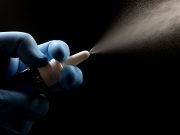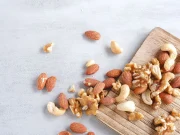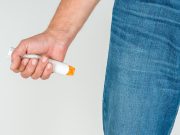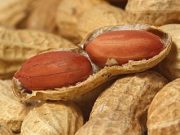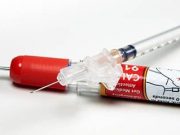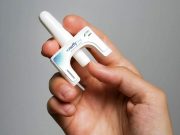Tag: Anaphylactic Shock
Intranasal Adrenaline Offers Viable, Needle-Free Option for Anaphylaxis
Intranasal adrenaline demonstrated comparable or faster absorption compared with intramuscular treatment
Cashew Identified as Increasingly Relevant Allergen Triggering Anaphylaxis in Children
Most frequent elicitors of tree nut-induced anaphylaxis in children were cashew, hazelnut, walnut
Two-Hour Observation Probably Safe for Most Children With Anaphylaxis
95.3 percent of children who present to ER with acute anaphylaxis would have been safely discharged two hours after first epinephrine dose
Study IDs Specific Anaphylactic Triggers Linked to Symptoms, Treatment
Alcohol is more likely associated with nut-induced anaphylaxis when adjusted for age at reaction, male sex
ACAAI: Many Anaphylaxis Protocols Are Incomplete, Outdated
Second study shows that only 14 percent of patients correctly identified symptoms requiring epinephrine
Modified Anaphylaxis Clinical Criteria Developed for Young Children
Modified criteria captured 98 percent of all patient encounters presenting with suspected allergic or anaphylactic reactions
Expanded Use of Xolair to Treat Food Allergies Approved by the FDA
Xolair is not meant to substitute for emergency anaphylaxis medications such as the EpiPen
Updated Guidelines Issued for Management of Anaphylaxis
Emergency medical services may not be required in case of prompt, complete, and durable response to use of epinephrine
Emergency Anaphylaxis Observation Times Can Be Cut for Children
Authors say that with further validation, most children can be discharged within two hours
FDA Panel Recommends Approval of First Nasal Spray to Combat Severe Allergic Reactions
Research included a survey showing that people would be likely to use the spray 18 minutes earlier than an injectable medication


